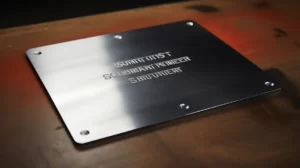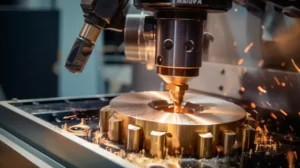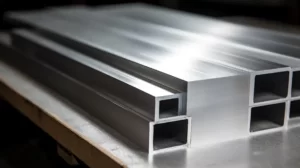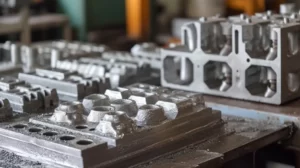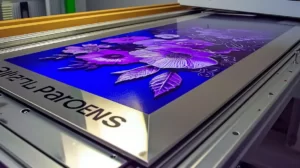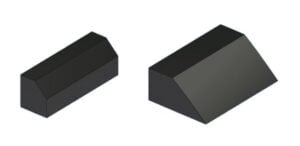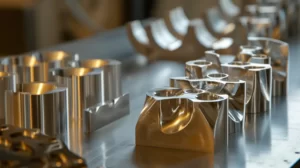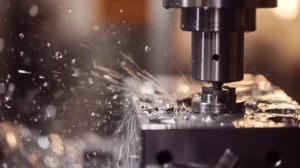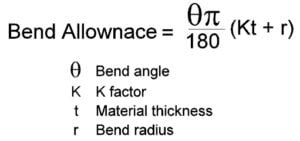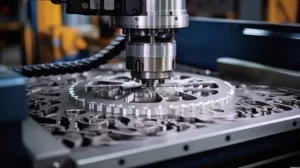
Titanium Vs Aluminum: Which Is Best for Your Next Project?
For most projects, aluminum is the better choice due to its lower cost, easier machinability, and lighter weight. However, titanium excels in high-strength applications requiring corrosion resistance and biocompatibility. Your specific project requirements will determine which metal is best suited for your needs.

